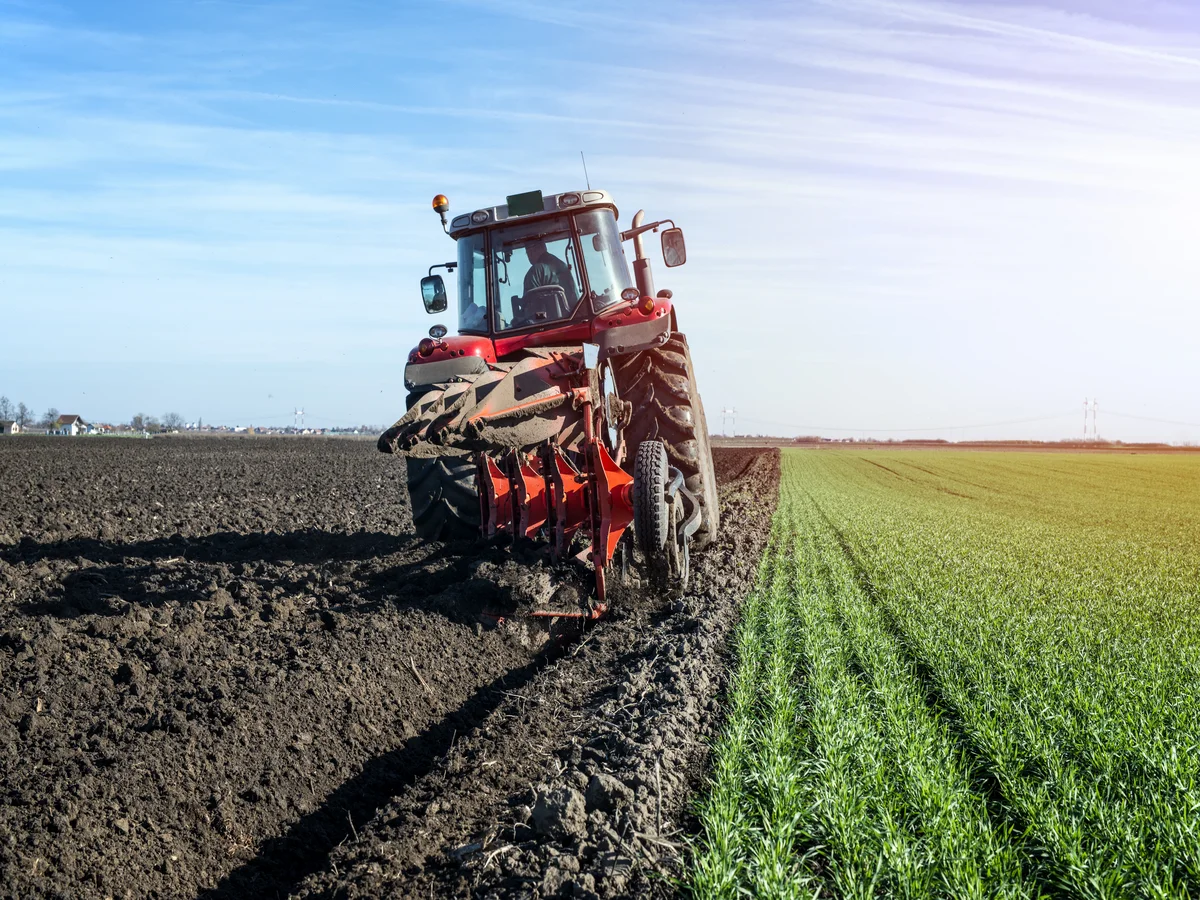Green Revolution and the Ecosystem: Balancing Agricultural Advancements

The Green Revolution, a period of rapid agricultural transformation that began in the mid-20th century, brought about significant advancements in crop production and food security. However, along with its numerous benefits, this revolution has had profound effects on the environment and ecosystems. This article explores the intricate relationship between the Green Revolution and the ecosystem, emphasizing the need for a delicate balance between agricultural advancements and environmental preservation.
Green Revolution
The Green Revolution was a period characterized by the widespread adoption of high-yielding crop varieties, improved irrigation methods, and increased use of synthetic fertilizers and pesticides. These innovations led to substantial increases in food production, alleviating hunger and enhancing global food security. However, this agricultural intensification also had unintended environmental consequences.
Impact on Biodiversity
One of the notable side effects of the Green Revolution was the promotion of monoculture farming practices. Monocropping, often centered around a few high-yielding crop varieties, led to a reduction in biodiversity. As large swaths of land were dedicated to a single crop, the natural habitat for various plant and animal species was diminished, leading to biodiversity loss. Additionally, the reliance on a limited number of crop varieties made agriculture more susceptible to pests and diseases, necessitating increased pesticide use.
Water Resources and Irrigation
The Green Revolution heavily relied on improved irrigation systems to enhance crop yields. While this was crucial for increasing agricultural productivity, it placed immense pressure on water resources. In some regions, unsustainable irrigation practices led to the depletion of aquifers, the salinization of soil, and the alteration of natural watercourses. These impacts had cascading effects on local ecosystems, affecting both terrestrial and aquatic life.
Chemical Inputs and Pollution
To protect high-yielding crops from pests and diseases, the Green Revolution witnessed a surge in the use of synthetic pesticides and fertilizers. While these chemicals were effective in boosting crop yields, they also posed significant risks to the environment. Runoff from agricultural fields contaminated water bodies, leading to water pollution. Moreover, the overuse of fertilizers contributed to soil degradation and nutrient imbalances, impacting soil ecosystems.
Balancing Agricultural Advancements and Environmental Preservation
To address the environmental challenges posed by the Green Revolution, a shift towards sustainable agriculture practices is imperative. This entails adopting eco-friendly farming techniques such as organic farming, crop rotation, and integrated pest management. These methods promote biodiversity, reduce the reliance on synthetic inputs, and mitigate the negative impacts on ecosystems.
we can conclude this, The Green Revolution has undoubtedly played a crucial role in enhancing global food security, but it has also left a lasting impact on the environment and ecosystems. As we move forward, it is essential to strike a balance between agricultural advancements and environmental preservation. Embracing sustainable agriculture practices and implementing conservation measures can help mitigate the adverse effects of the Green Revolution on our fragile ecosystems, ensuring a more harmonious coexistence between agriculture and nature.
FAQs
1.What was the Green Revolution, and why is it significant?
The Green Revolution was a period of rapid agricultural transformation that began in the mid-20th century. It’s significant because it introduced high-yielding crop varieties, improved farming techniques, and synthetic inputs, leading to a substantial increase in food production and global food security.
2.How did the Green Revolution affect biodiversity?
The Green Revolution promoted monoculture farming, which reduced biodiversity by dedicating large areas of land to a single crop. This led to genetic erosion and the loss of natural habitat for various plant and animal species.
3.Did the Green Revolution have an impact on water resources?
Yes, the Green Revolution heavily relied on improved irrigation methods, which put pressure on water resources. Unsustainable practices led to issues such as aquifer depletion, soil salinization, and alterations in natural watercourses, affecting local ecosystems.
4.What are the environmental concerns related to chemical inputs in the Green Revolution?
The Green Revolution increased the use of synthetic pesticides and fertilizers, which, while boosting crop yields, also contributed to soil degradation, nutrient imbalances, and water pollution. These chemicals have had adverse effects on the environment.
5.How can we balance agricultural advancements with environmental preservation?
Balancing agriculture and the environment involves adopting sustainable farming practices such as organic farming, crop rotation, and integrated pest management. These approaches promote biodiversity, reduce the reliance on synthetic inputs, and help mitigate the negative impacts of intensive agriculture on ecosystems.


